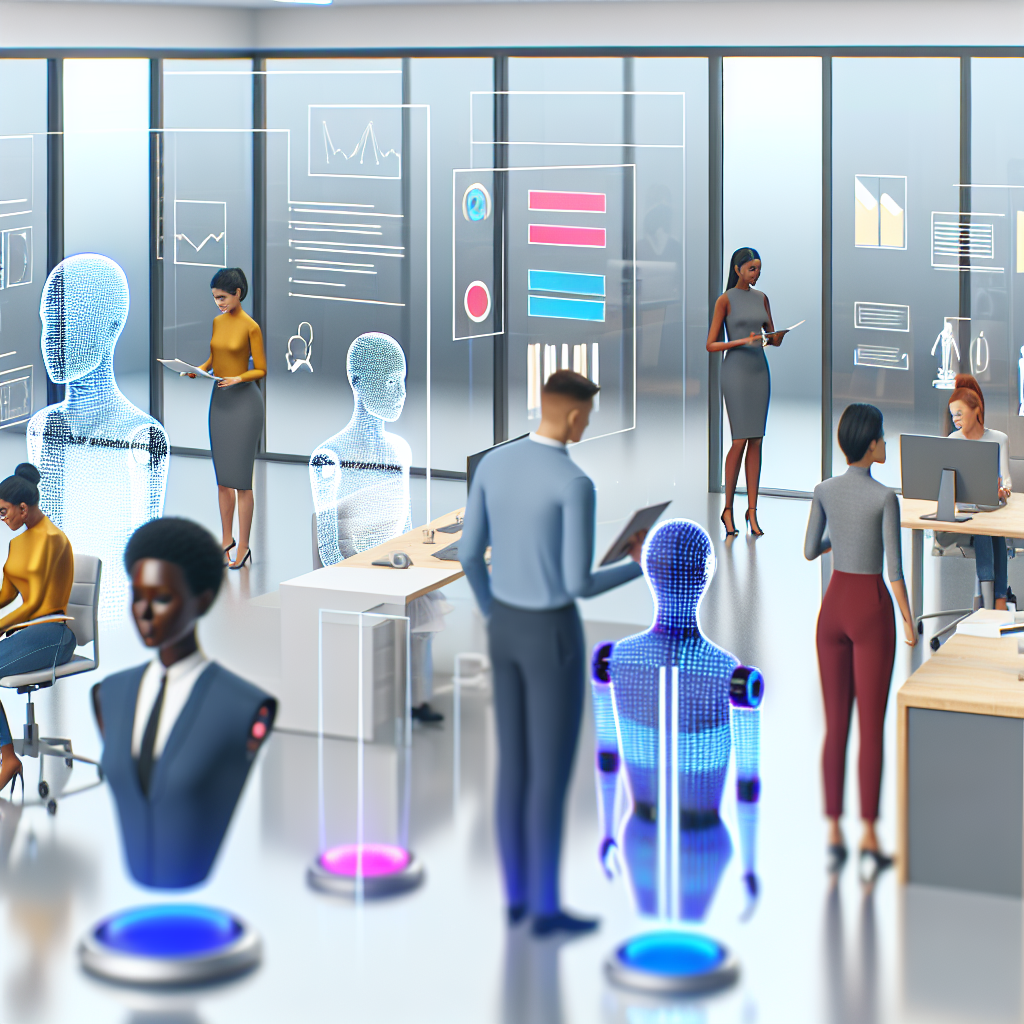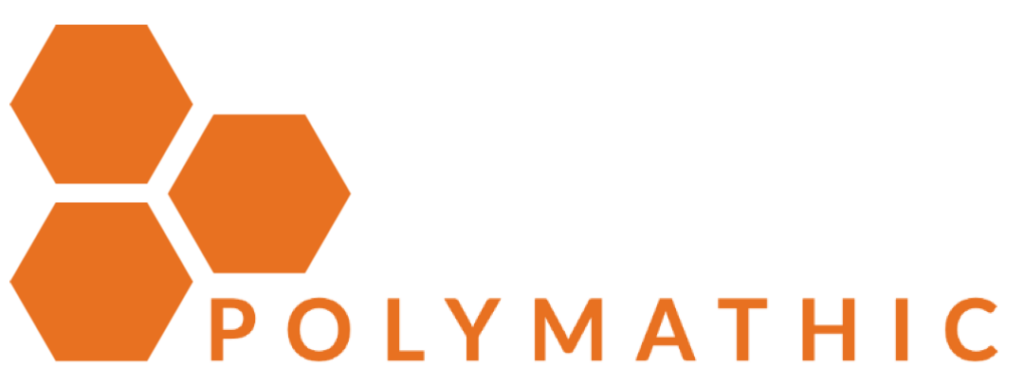Revolutionizing Work: Asana’s AI Teammates and the Future of Human-AI Collaboration

"I would say that a core principle we have about AI at Asana is ‘human in the loop.’ We believe that, ultimately, humans are responsible for decisions and they’re accountable for results."
Asana introduces ‘AI teammates’ designed to work alongside human employees
Innovating the Future of Work: Asana’s AI Teammates
Asana's latest venture into AI technology brings a transformative approach to the way we work. By introducing “AI teammates,” Asana aims to redefine traditional workflows and establish a collaborative environment where AI and humans seamlessly integrate. This innovative step points towards a future where intelligent systems are embedded within organizational processes, providing both flexibility and efficiency.
Reimagining AI in the Workplace
Paige Costello, Asana's head of AI, highlights a significant shift in how we perceive AI’s role in work environments. The term “AI teammates” suggests a partnership rather than a replacement, fostering a mindset that emphasizes collaboration. In practice, these AI systems will dynamically assess tasks, determine readiness for progression, or loop back to humans for additional input, thus ensuring accuracy and completeness.
The Role of the Work Graph
The “work graph” is a pivotal element in Asana’s new system, mapping the flow of tasks through an organization. This enables AI teammates to understand specific work contexts and make informed decisions, tailored to unique workflow requirements. It’s a strategic approach that leverages data to create more intelligent and responsive AI systems.
Maintaining Human Oversight
Recognizing the potential for AI to make errors, Asana advocates for the “human in the loop” philosophy. This principle ensures that humans remain central to decision-making processes, maintaining accountability and aligning AI actions with organizational values. By embedding humans into the oversight loop, Asana fosters a cooperative environment, minimizing risks associated with AI autonomy.
Potential and Challenges
While early results indicate a promising reduction in administrative burdens, transitioning from beta to full-scale implementation will undoubtedly present challenges. Continued refinement and human intervention will be crucial as organizations adapt to this new working paradigm. Asana’s expertise and deep understanding of workflow dynamics offer a strong foundation for tackling these hurdles and achieving widespread success.
